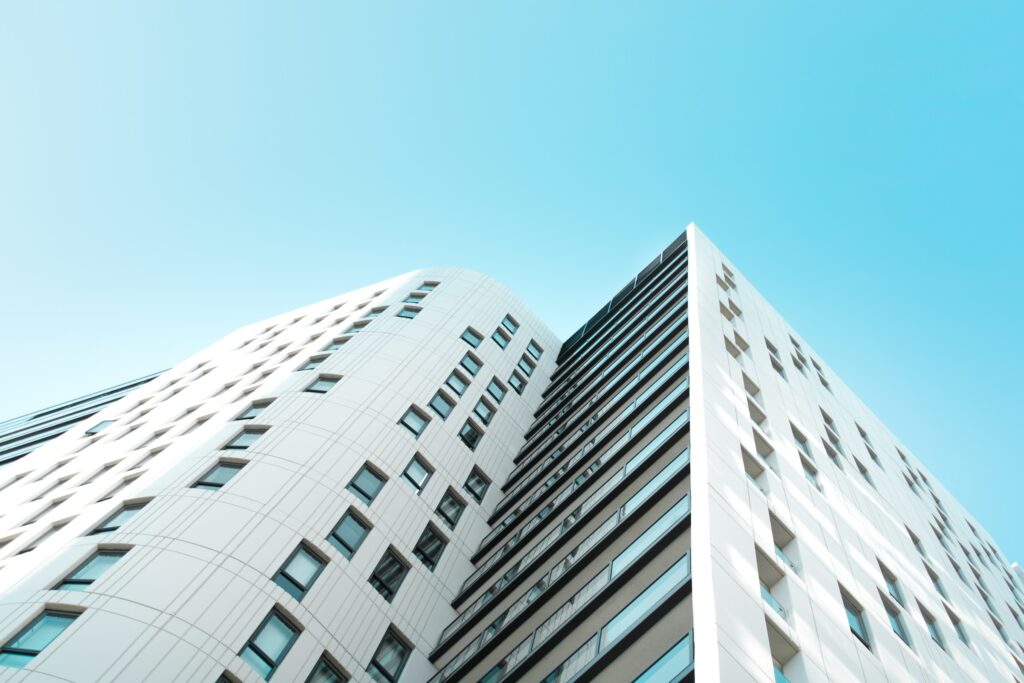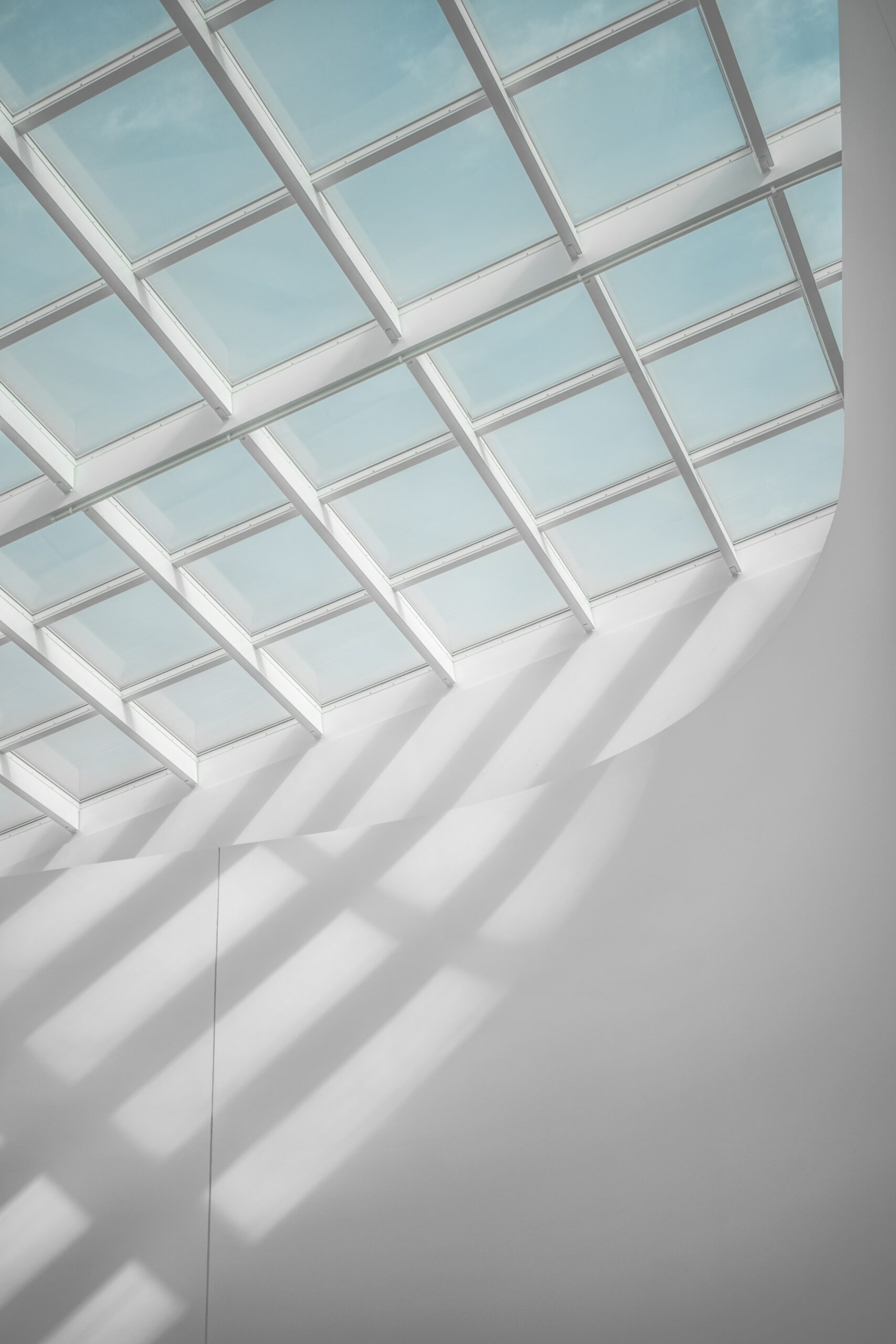Picture this: It’s a scorching summer day, and you’re desperately seeking refuge from the relentless heat. As you step inside your home or office, you’re greeted by a surprisingly cool and comfortable environment. What’s the secret behind this refreshing oasis?
The answer lies in the power of reflective window film. This innovative solution has emerged as a game-changer in a world where energy efficiency and indoor comfort are increasingly important.
So, does reflective window film reduce heat? Buckle up because we’re about to dive into the science, benefits, and cool truth behind this heat-reducing hero.
In this article, we’ll give you the answer to the age-old question “Does reflective window film reduce heat?”, its broader advantages for modern structures, and how it can help you save on energy costs while keeping your space cool and comfortable. Let’s begin this journey to uncover the truth behind this heat-busting marvel.

Reflective Window Film: The Heat-Reducing Hero
Reflective window film has been proven to reduce building heat gain by bouncing a portion of the sun’s rays back, keeping the room cooler. This innovative technology can reduce the need for fans or air conditioning, ultimately saving on energy costs. In fact, some window films can provide up to 25% heat reduction when added to the basic clear double-paned glass.
But that’s not all. In addition to heat reduction, these films offer UV protection, blocking 99.9% of harmful UV rays. It means that they help maintain a comfortable indoor temperature and protect your furniture, textiles, and even your skin from the damaging effects of the sun’s rays.
Moreover, reflective window film can also enhance privacy during the day, thanks to its mirror-like finish. It makes it an ideal solution for both residential and commercial spaces, where privacy and comfort are essential.
The Power of Reflective Window Film
Here are some powerful benefits of reflective window film:
- Reduces energy costs by moderating indoor temperatures.
- Provides UV protection, preventing fading of furniture and textiles.
- Increases privacy during the day with a mirror-like finish.
- Can be applied to various types of windows, including residential and commercial spaces.
Types of Reflective Film:
Several types of reflective window films are available in the market, each with unique features and benefits. Some of the most common types include:
- Non-Reflective Ceramic Window Film: This type of film does not have a reflective surface but still offers protection from sun damage while allowing light to enter. It has no metallic appearance, blocks UV rays, reflects heat, and allows light to enter.
- Mirror Reflective Film: This film provides daytime privacy with its mirror-like finish. It is ideal for those looking for privacy while maintaining a clear view from the inside.
- Metallic Reflective Film: These films contain metal components, making them exceptional at rejecting heat and filtering out glare. The type and amount of metal used dictate the product’s appearance and performance.
- Dual Reflective Film: This film combines a reflective exterior side with a more subtle interior side, providing a clearer view outside during the day and night. It offers privacy, heat rejection, and UV protection.
- Spectrally Selective Film: This film is designed to provide high heat rejection with low absorption, low reflectivity, and excellent glare reduction. It is considered the best tint available but can be more expensive than other options.
- Neutral Window Film: This film offers a balance between privacy and natural light transmission. It creates a somewhat mirrored, glossy effect for anyone looking at your windows from the outside during the daytime.
Each type of reflective window film caters to different needs and preferences, so it’s essential to choose the right one based on your specific requirements, regional climate, and building regulations.
Frequently Asked Questions:
Can reflective window film be applied to any type of window?
Yes, reflective window film can be applied to various types of windows, including residential and commercial spaces.
How much heat reduction can I expect from reflective window film?
Some window films can provide up to 25% heat reduction when added to basic clear double-paned glass.
Does reflective window film also provide UV protection?
Yes, reflective window film can block 99.9% of harmful UV rays, protecting furniture and textiles from fading.
Conclusion:
As global temperatures continue to rise, the need for energy-efficient solutions becomes more pressing. Reflective window film offers a practical and cost-effective way to reduce building heat gain, providing occupants a cooler and more comfortable environment. By investing in this innovative technology, homeowners and businesses can enjoy the benefits of reduced energy consumption, lower energy bills, and a more sustainable future.
